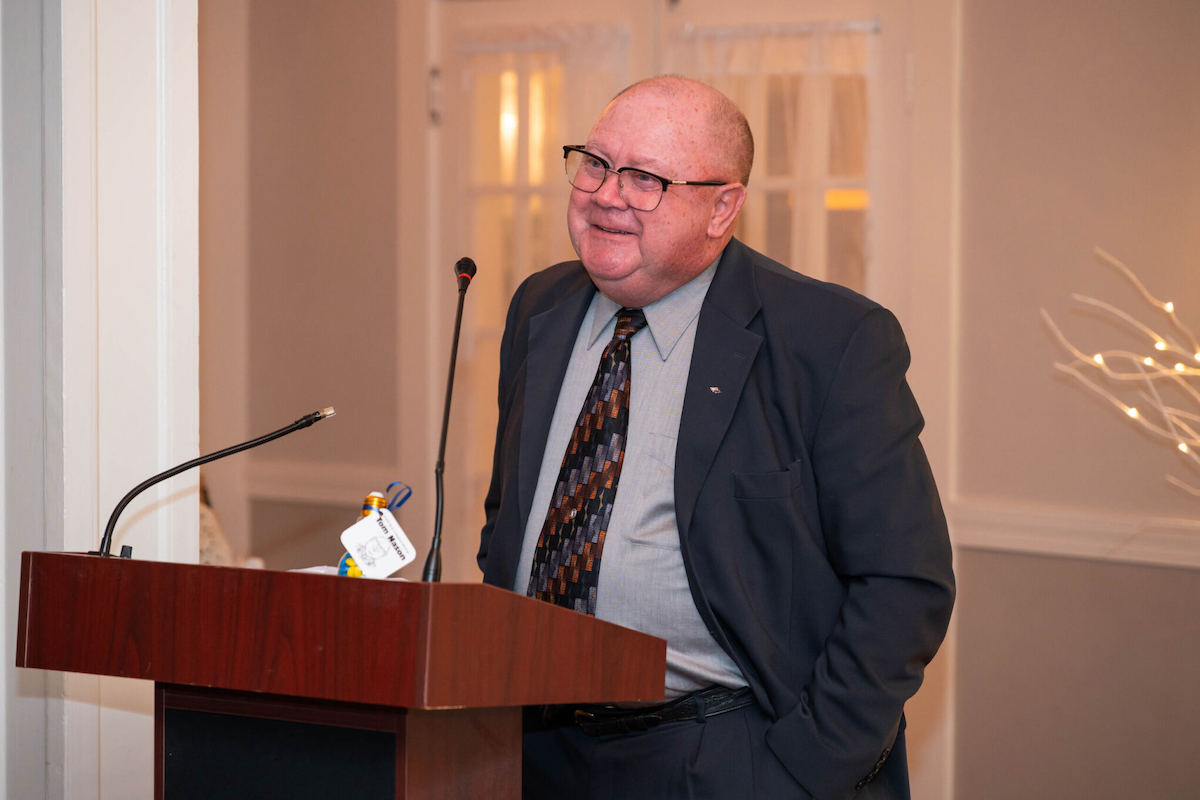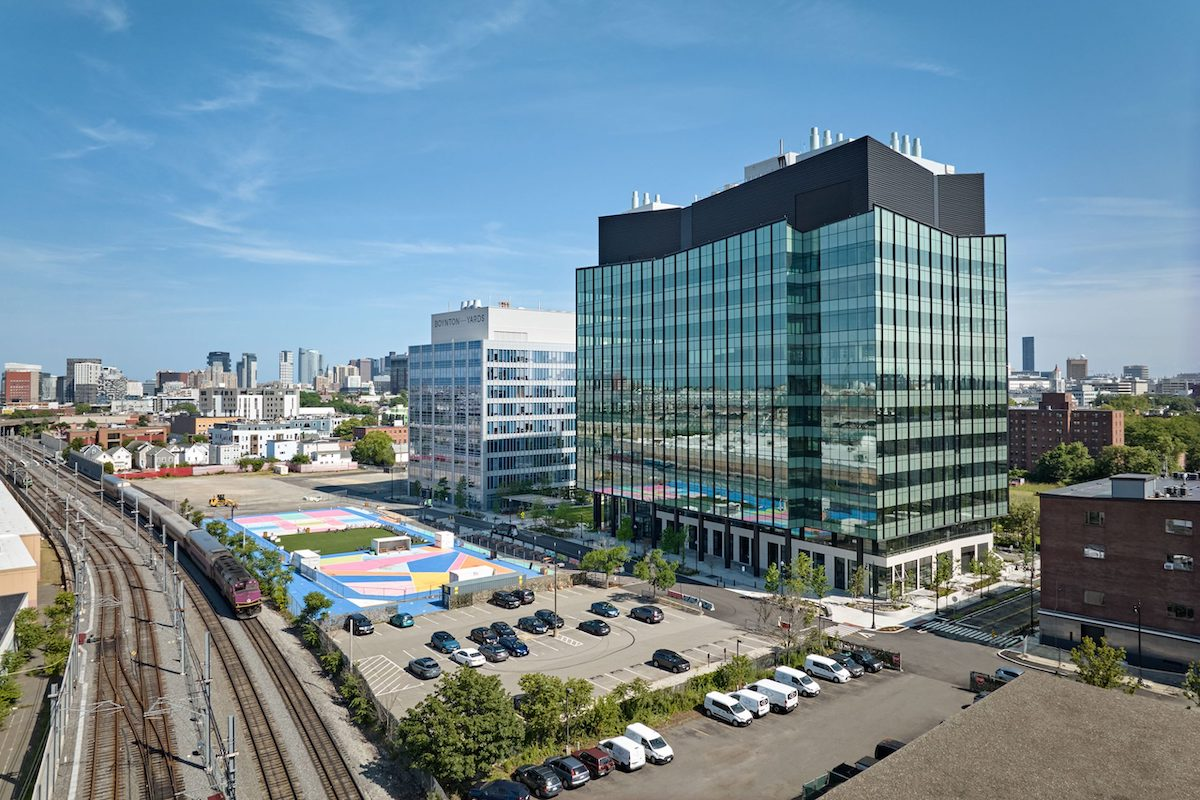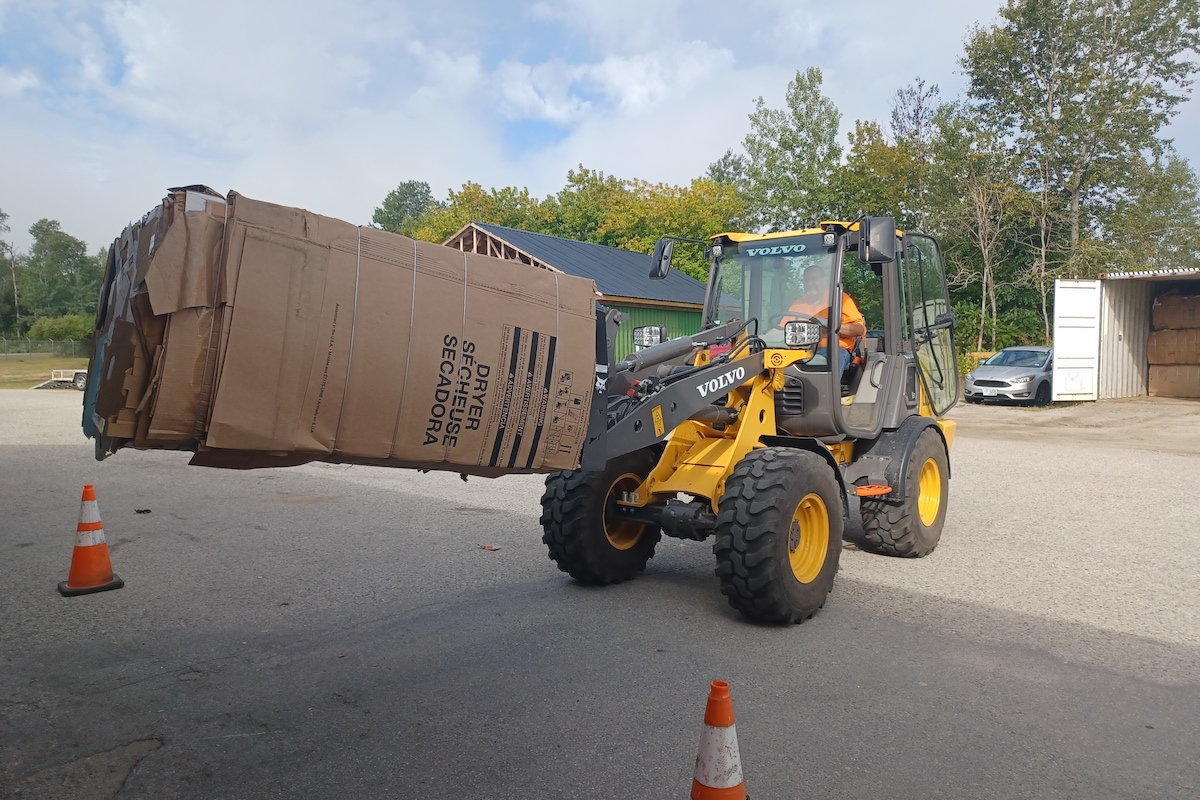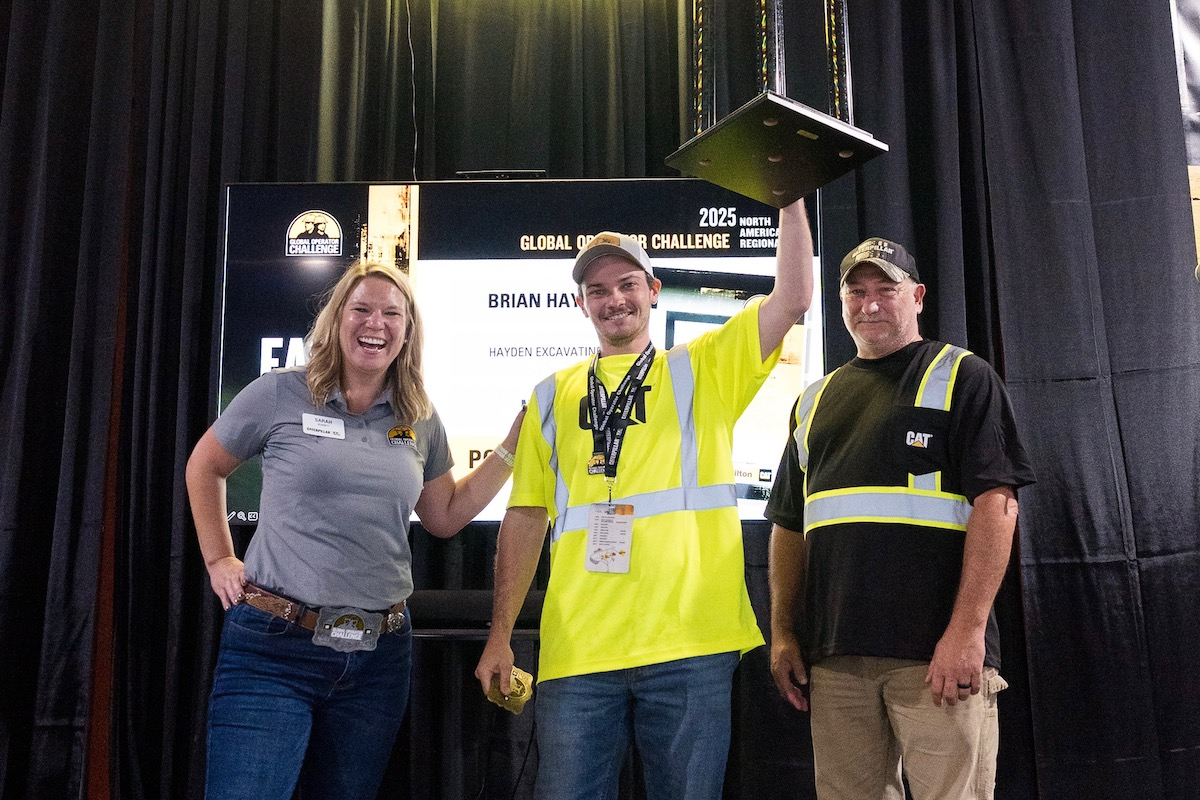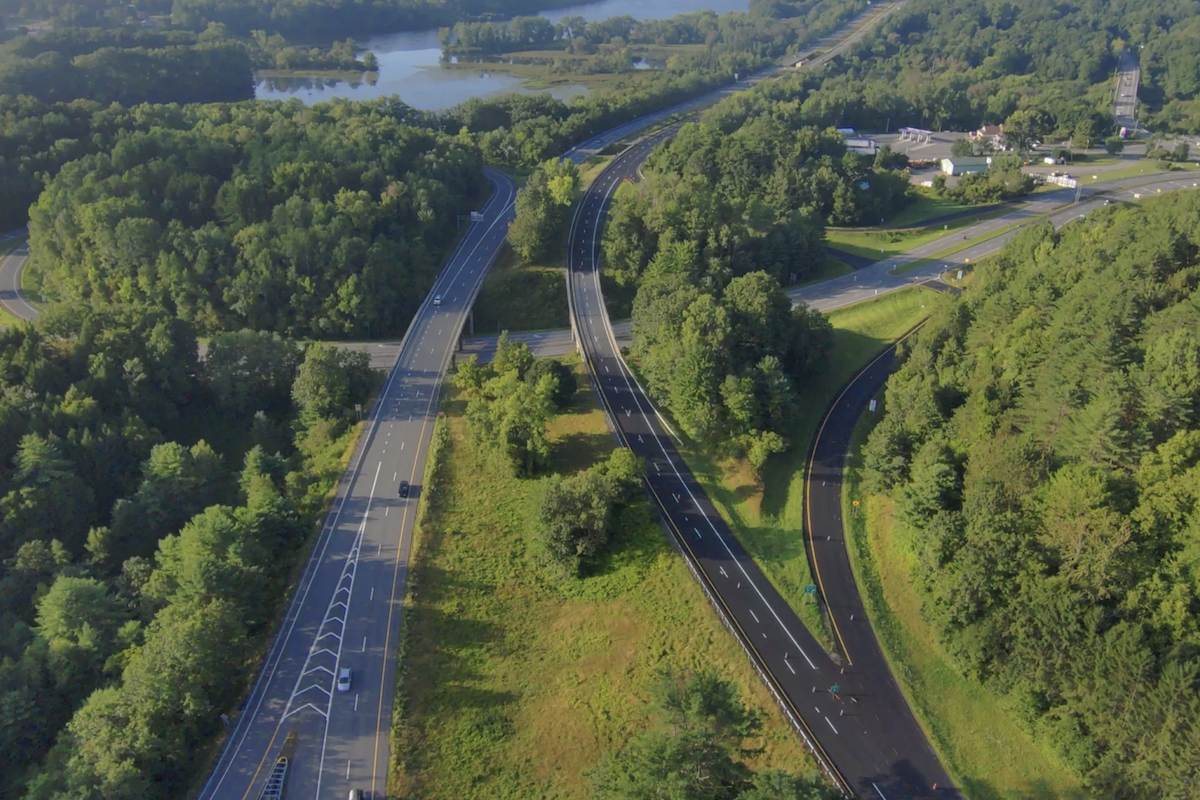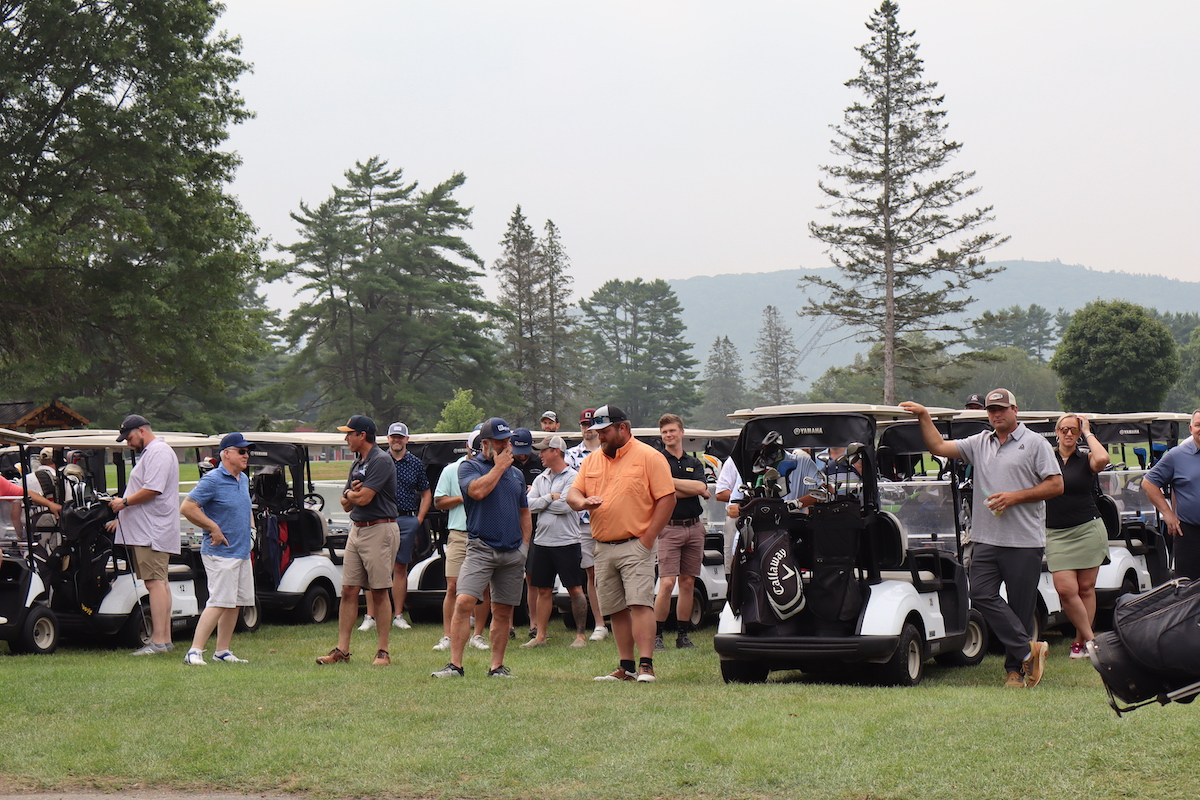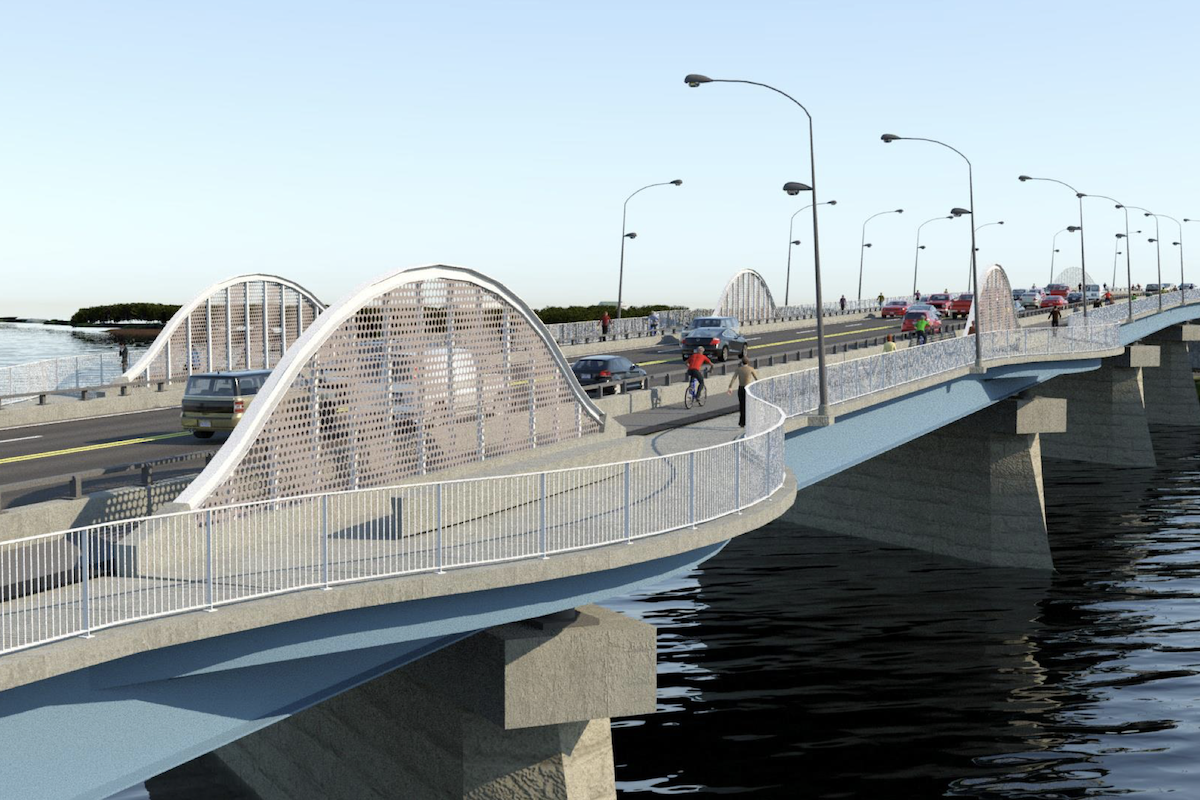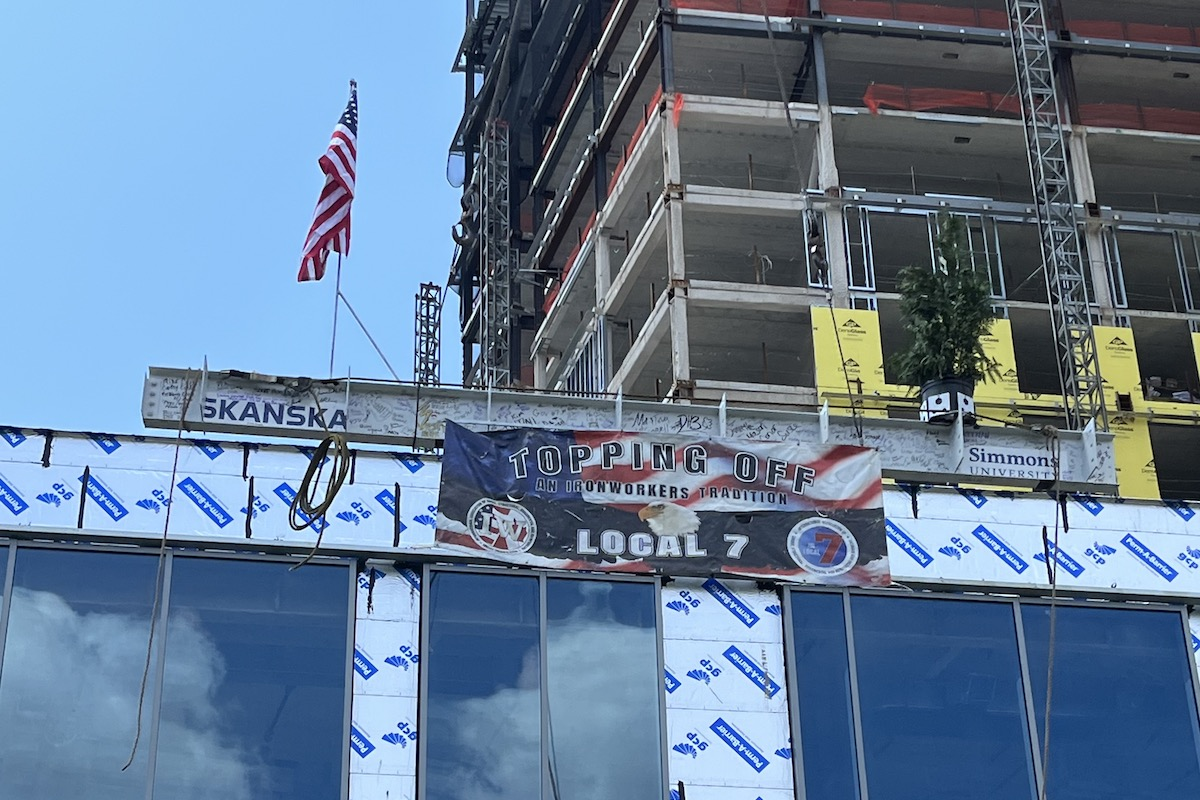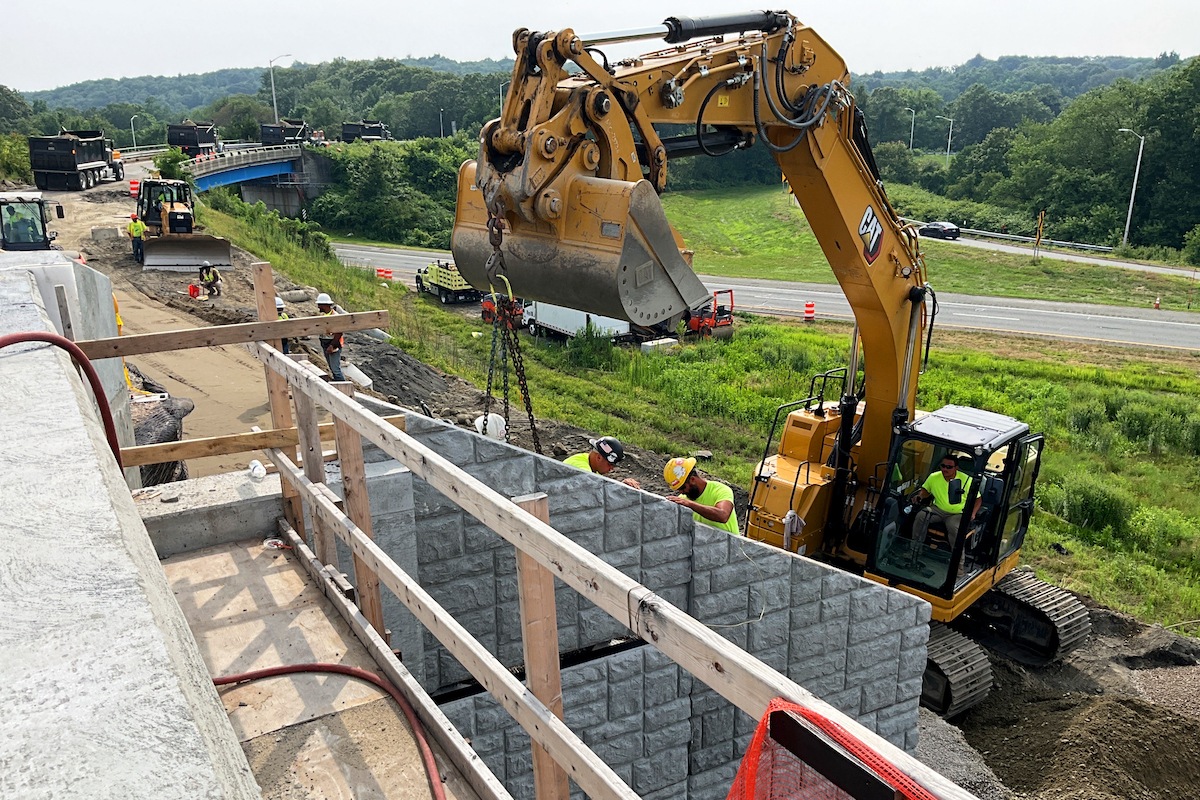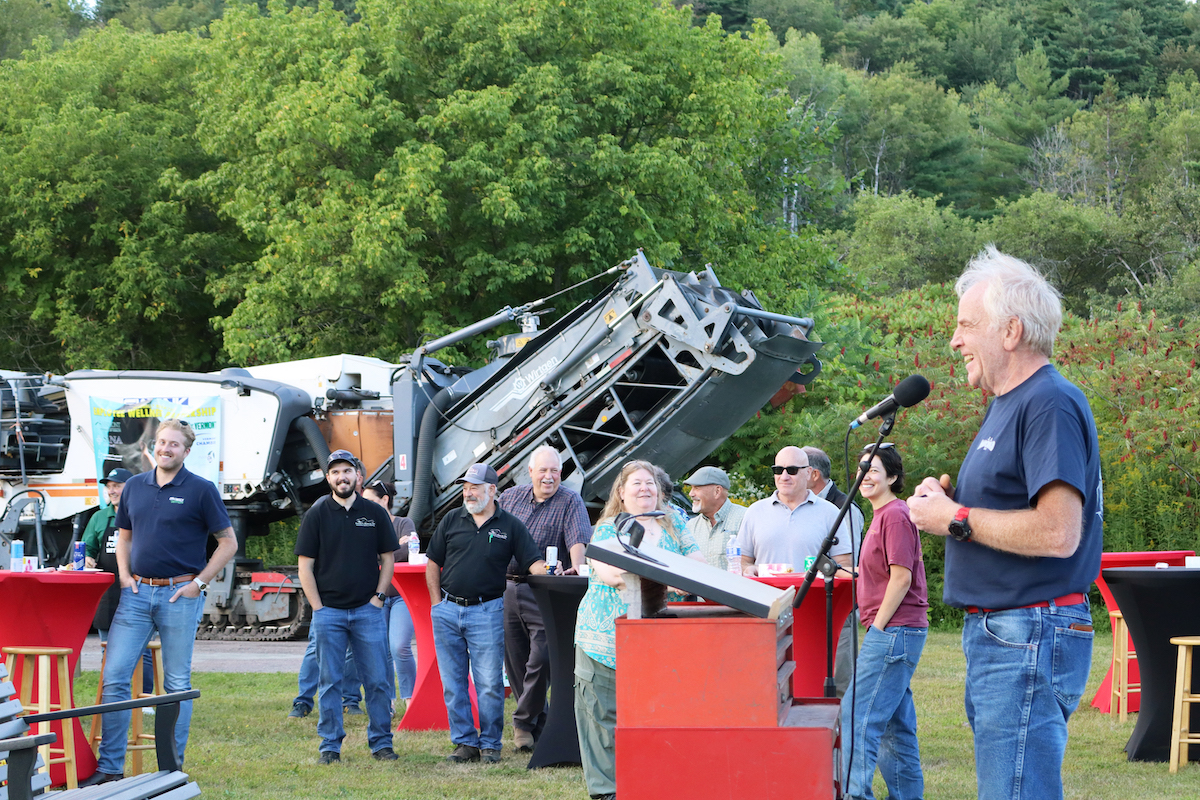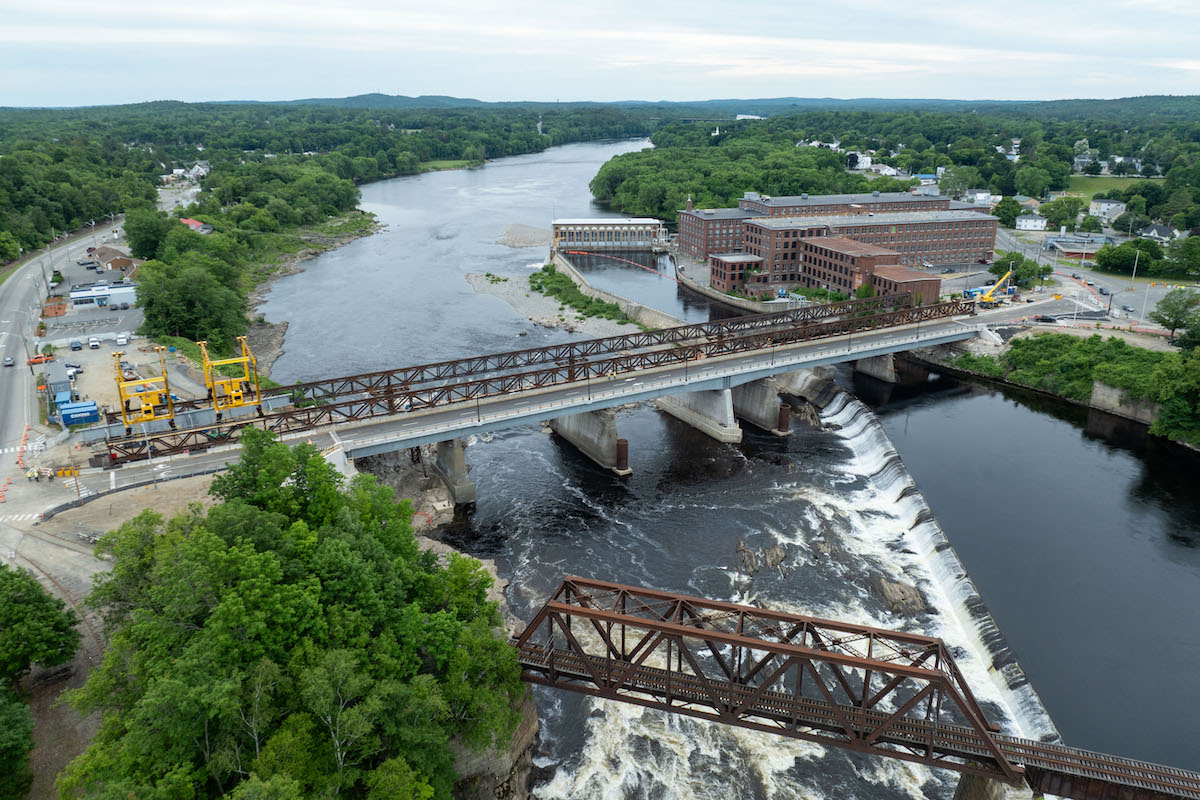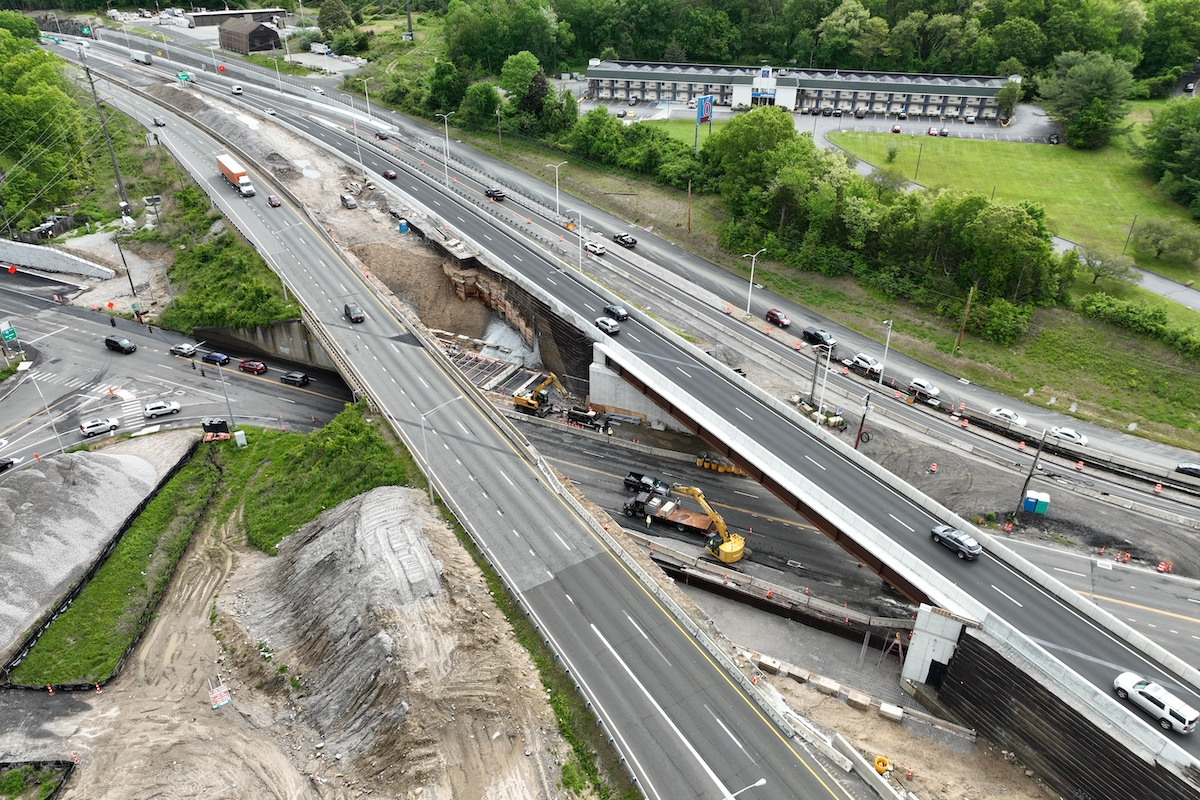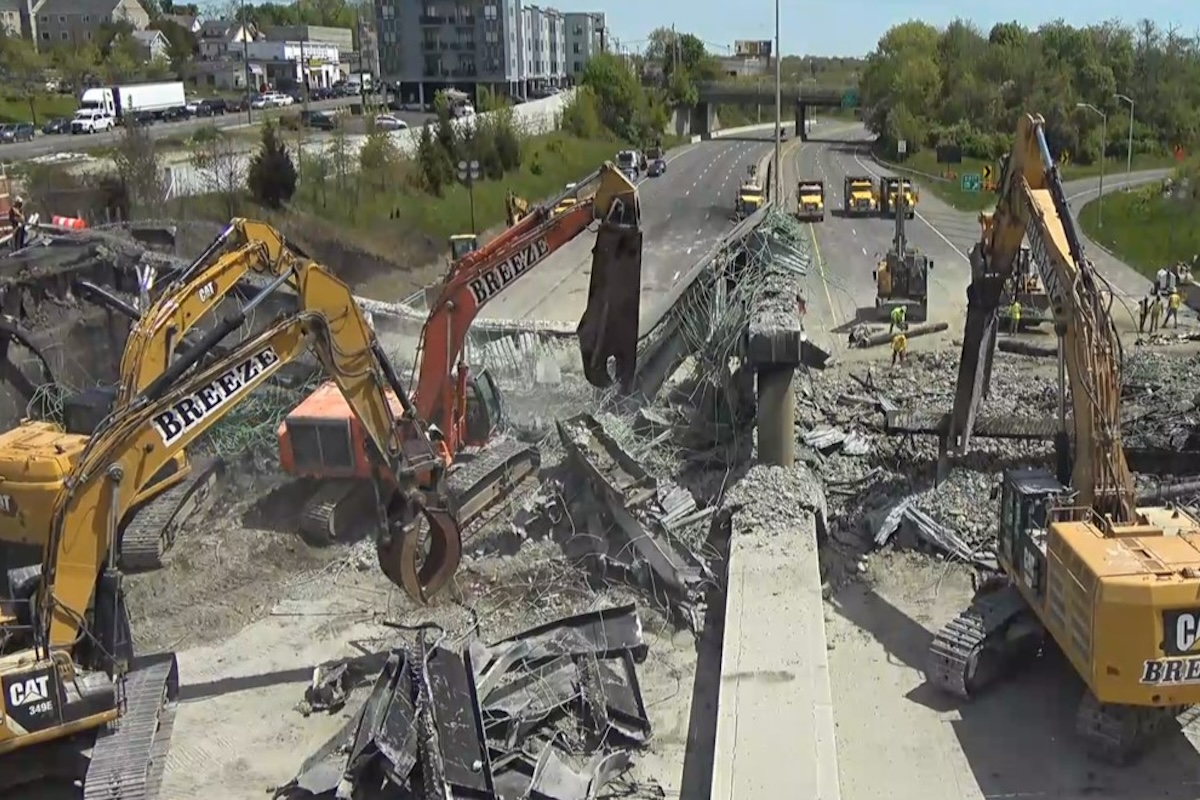The existing 1,100-foot-long bridges are about 50 years old and have reached the end of their service life. The steel on the bridges has deteriorated, the decks are shot, and the widths are substandard based on current standards. The mainline bridges are twin girder bridges and are fracture-critical, i.e., if one of the main girders fails, the bridge could fall.
“The new bridge will be a five girder, which will give it redundancy and improve safety,” said Michael Walsh, a Senior Civil Engineer Supervisor who is overseeing the project for PennDOT.
The old bridges were 40 feet wide, which included two 12-foot-wide travel lanes, one 10-foot shoulder, and one 6-foot shoulder. The new bridges will be 60 feet wide, with three 12-foot travel lanes and two 12-foot shoulders. Walsh said that there has been a significant amount of widening done on the I-81 corridor (I-84 turns into I-81), and there are plans to widen the interstate.
The second major element of the project is constructing a 600-foot-long flyover bridge, which will serve as an exit to Route 435. The current configuration requires commuters to exit on the left.

| Your local Case Construction Equipment Inc dealer |
|---|
| Monroe Tractor |
| Beauregard Equipment |
“The exit requires drivers to go across three lanes of traffic, which can be dangerous,” Walsh said. The average daily traffic on the eastbound side of the road is 25,000 and is nearly 32,000 on the westbound side. This section of I-84 has elevated crash rates.
The flyover bridge will allow drivers to exit on the more familiar right-hand side of the road from the existing roadway.
Finally, the fourth bridge that makes up the scope of work involves converting an inactive small two-span railroad bridge to a trail bridge. Currently, the walking trails in the area come to a head at the bridge. When the conversion is completed, the bridge will become part of the walking trail.
Therefore, the location of the project has been challenging, with the tightness of the site impacting work. “The new bridges have nearly the same alignment as the old bridges,” Walsh said. “The cranes are set up in the median 100 feet below, and they have to pick up and swing the girders onto the abutment while there’s live traffic.”
Two lanes of traffic on the westbound and eastbound sides have remained open throughout the project.
“We built the piers — full width — underneath the new bridge site,” Walsh said. Because of the tightness of the space, the team felt this was the best way to proceed. They set three girders and did the final two on the same alignment as the old bridge.
Walsh has been impressed at how the general contractor, J.D. Eckman, has handled the challenging work. “They’ve made it look easy, and things have gone more smoothly than we expected,” he said.
This is the first time Walsh has worked with J.D. Eckman, though they have worked with PennDOT previously in other parts of the state. He also said that he appreciates their communication and how easy they have been to work with.
Access has also been a major obstacle. The magnitude and size of the structures have made transporting them to the project site challenging. The crew has spent multiple days pouring concrete from 5 a.m. to 7 p.m. Safely bringing in the materials while maintaining traffic has been a team effort.
The team is regularly moving traffic around to accommodate drivers and retain a safe work zone. This requires ensuring the project team and those behind the scenes know the schedule and can notify the public. The site also has message boards and signage to alert area drivers of new traffic patterns. State police have also been at the site as needed to direct traffic.
Another challenge is working around a live railroad. “We have to coordinate with the railroad when we work over or adjacent to it,” Walsh said. “The management of the Delaware-Lackawanna have been exceptionally cooperative.”
In addition, there are railroad flaggers on site that get notified when a train is coming, and they communicate this information to the construction team. Despite the cooperation, there are some operations — such as beam settings — that they have needed to schedule around the project or when no trains travel through the project area.
Walsh credits the design team for their budget discipline and their ability to anticipate issues.
“There have been few work orders for a project of this multitude,” Walsh said. There have been 40 through four work years, and none of them have come with a large price tag.
According to Walsh, the team has worked well together. “We meet regularly and are always looking ahead to make determinations about what we are going to do or not do in terms of changes,” he said.
If there is a large ticket item, it requires Walsh to reach out to the federal government since they are providing 100 percent of the funding for the project. Throughout his nearly 40-year career, Walsh has worked with the federal government and has established rapport with multiple contacts.
The project began in April 2020, and the completion is scheduled for April 2026. As of the writing of this article, the team anticipates completing the project 100 days ahead of schedule. Walsh cautions that while the bridges may be completed by the end of 2025, there may be clean-up work and other such finishes to handle.
The primary reason Walsh believes the project is on schedule is weather. The team has worked straight through each of the four winters. The mild winters have included few snowstorms, so any work stoppages were very brief.
In addition, a couple of the same factors that have kept the project on budget have also been key to keeping it on time. Few work changes also mean the construction team does not get stuck making time-consuming alterations. Communications — in the form of progress meetings where the team discusses float, i.e., what needs to be done on a timely basis, and secondary items that do not impact the completion date — have been useful.
When the Interstate 84 Bridge Replacement and Interchange Configuration project is completed, drivers will enjoy bridges that are safer, wider, and easier to traverse. There will be better traffic flow, and potholes and otherwise rough conditions will be a thing of the past. The flyover will also improve traffic flow and make for safer conditions, and the trail bridge will allow pedestrians and cyclists to move more freely throughout the area.
- Owner: Pennsylvania Department of Transportation
- General Contractor: J.D. Eckman, Inc., Atglen, Pennsylvania
- Designer: CDR Maguire Engineering, Pittsburgh, Pennsylvania
- Other Key Contractors: McTish, Kunkel & Associates, Allentown, Pennsylvania
























